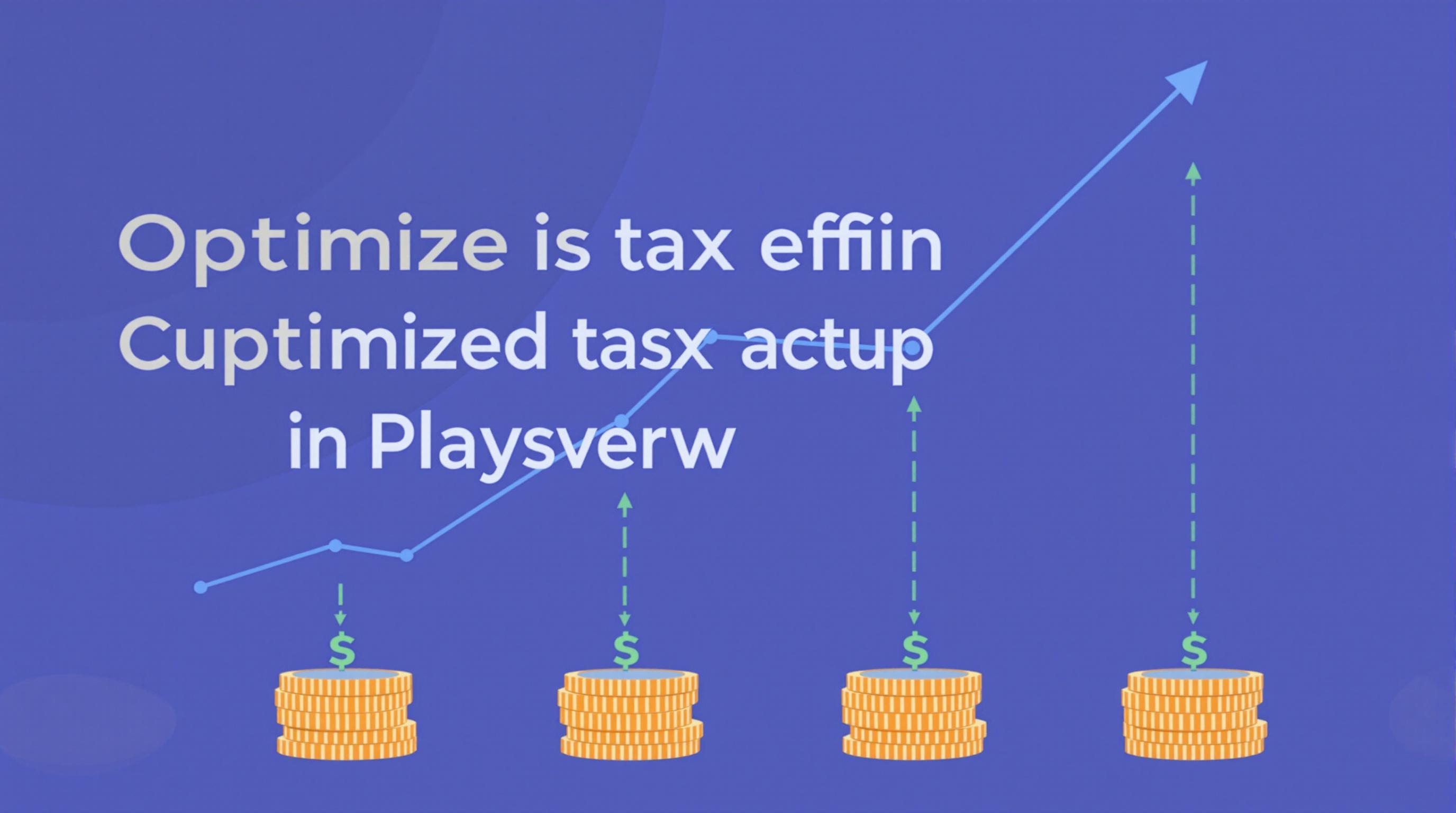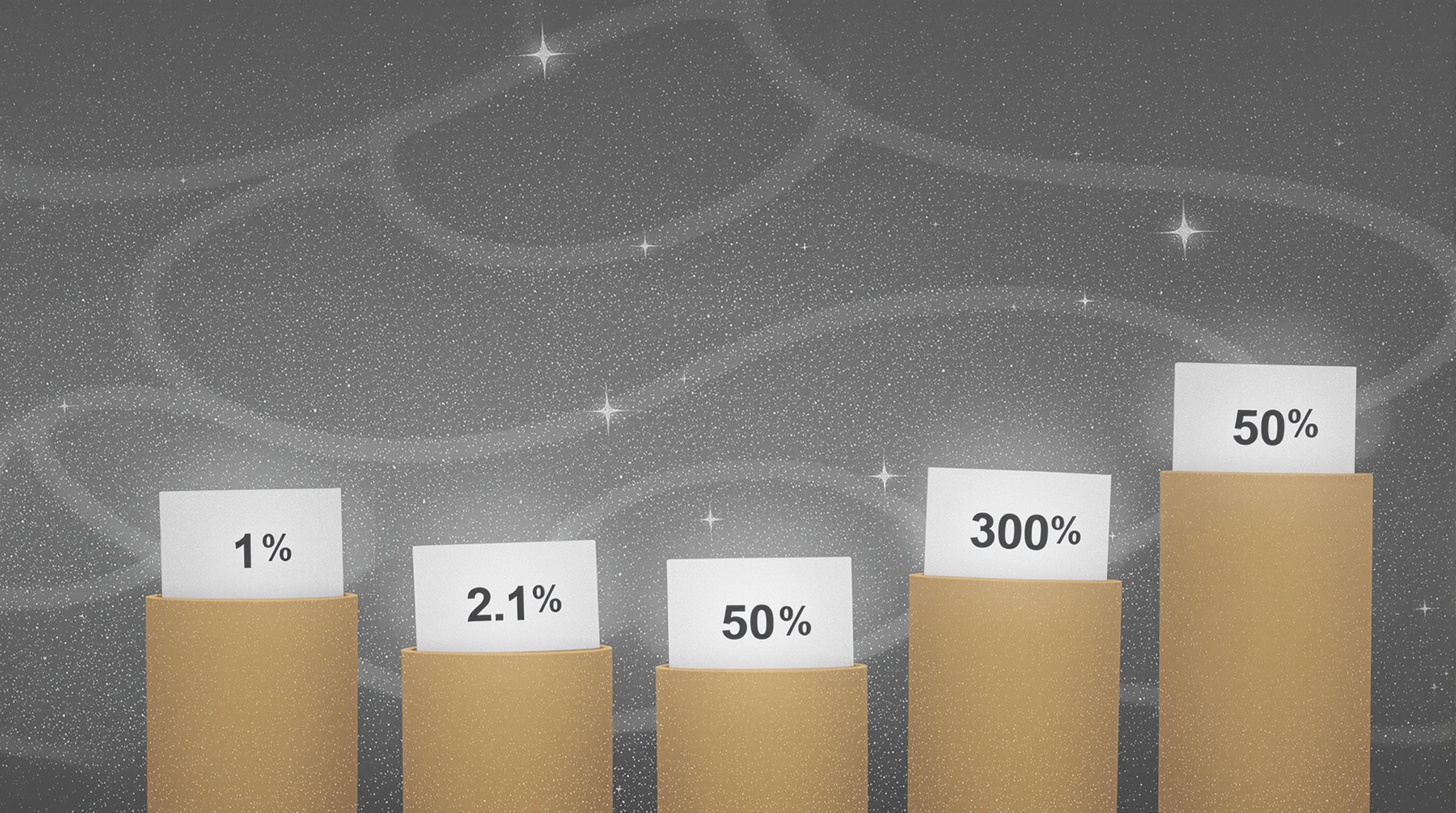Related Articles
- Unlocking Wealth: How Climate-Resilient Crops Are Shaping Financial Stability Amid Price Volatility
- Top 6 Emerging College Savings Solutions Unveiled Recently That Transform How Families Build Funds
- The surprising role of urban farming in creating economic buffers during volatile market cycles
- Unveiling the Quiet Impact of Climate Change on Municipal Bond Maturity Structures and Laddering Choices
- How Intergenerational Debt Shapes Families’ Ability to Fund Higher Education in Unseen Ways
- Top 6 Dynamic Laddering Tools from the Last Five Years Revolutionizing Interest Rate Risk Management
7 Emerging Bond Ladder ETFs Released Since 2019 That Outsmart Traditional Fixed Income Choices
7 Emerging Bond Ladder ETFs Released Since 2019 That Outsmart Traditional Fixed Income Choices
Since 2019, innovative bond ladder ETFs have reshaped the fixed income landscape, offering strategic advantages over conventional bond funds. This article explores seven standout bond ladder ETFs that have emerged, analyzing how they deliver improved flexibility, yield, and risk management to contemporary investors.
The Power of Bond Ladder ETFs: A Story of Innovation and Stability
Imagine you’re a 28-year-old recent graduate, just starting to build your investment portfolio. You’re cautious, but eager to generate steady income without assuming too much risk. Traditional bond funds might seem dull or restrictive, but then you discover bond ladder ETFs—a clever way to harness the safety of bonds while customizing maturity schedules and minimizing interest rate risks.
These ETFs function somewhat like a well-organized library, with bonds maturing at staggered intervals. Instead of having all your money locked up or exposed to sudden interest rate swings, bond ladder ETFs ensure a consistent rollover of assets, providing liquidity and income at regular intervals.
Why Traditional Fixed Income Choices Often Fall Short
Conventional bond funds and individual bonds have long been pillars of conservative investing. However, in today’s fluctuating interest rate environment, many of these tools limit flexibility or expose investors to heightened risks. With interest rates rising globally—by about 1% in the U.S. between 2021 and 2023 alone—bond prices have experienced notable volatility (Federal Reserve data).
Moreover, traditional bond funds often rebalance in ways that can unintentionally increase duration risk, especially during periods of monetary tightening. Fixed maturity bond funds mitigate some of this, but lack the diversification and ease of trading that ETFs offer.
Introducing the 7 Emerging Bond Ladder ETFs Released Since 2019
1. Invesco BulletShares 2026 Corporate Bond ETF (BSCN)
Launched in late 2019, BSCN focuses on investment-grade corporate bonds maturing in 2026. Its bullet (single maturity) structure helps reduce reinvestment risk, while delivering an average yield near 3.5%. Investors appreciate its transparency and ability to target a specific “bullet date.”
2. iShares Intermediate-Term Corporate Bond ETF (IGIB)
Although not strictly a ladder ETF, IGIB offers an intermediate-term corporate bond exposure that complements laddered portfolios. It balances risk and reward by targeting bonds maturing in 5-10 years and has assets exceeding $5 billion (as of 2023), showcasing strong investor demand.
3. PIMCO 1-5 Year U.S. Treasury Index ETF (STIP)
STIP targets U.S. Treasury securities maturing between one and five years, combining safety with laddering benefits. Launched in 2020, it integrates PIMCO’s active management expertise with the simplicity of ETFs, appealing to risk-averse investors seeking capital preservation.
4. VanEck Vectors New China Bond ETF (CBON)
Emerging markets exposure via fixed income has traditionally required cumbersome direct investments or mutual funds. CBON, launched in 2021, incorporates a laddered structure focusing on Chinese government and policy bank bonds. This offers diversification benefits and higher yields in a controlled duration framework.
5. Invesco BulletShares 2028 High Yield Corporate Bond ETF (BSJU)
This high yield bond ETF launched in early 2022 offers a bullet maturity in 2028. It permits investors to target income while managing credit risk via diversification across hundreds of bonds. The laddering approach helps spread out interest rate and credit risks.
6. SPDR Bloomberg 1-10 Year TIPS ETF (SPTI)
For inflation-conscious investors, SPTI offers laddered exposure to Treasury inflation-protected securities (TIPS) with maturities between 1 and 10 years. Launched in 2020, it’s prized for preserving purchasing power amid rising inflation—as was evident during the 2021-2023 inflation surge (Bureau of Labor Statistics).
7. FlexShares Ready Access Variable Income Fund (RAVI)
RAVI, launched in 2023, merges the laddering concept with variable income sources, investing in floating rate notes and bonds with short maturities. It’s designed for investors looking to exploit rising interest rates without locking into long-term durations, thereby smartly navigating fixed income markets’ uncertainties.
What Sets Ladder Bond ETFs Apart?
Unlike traditional bond funds, ladder bond ETFs transparently hold bonds that mature at set intervals, providing investors with predictable cash flows. According to Morningstar’s research in 2022, investors using ladder ETFs experienced roughly 20% less volatility compared to broad bond funds during market disruptions.
Moreover, they offer:
- Liquidity: ETFs trade like stocks, so investors can buy or sell anytime during market hours.
- Cost-efficiency: Most ladder ETFs have expense ratios below 0.20%, comparatively lower than many actively managed bond funds.
- Customization: Investors can select ETFs focused on specific maturity buckets, credit qualities, or sectors matching their personal strategy.
Case Study: How Ladder ETFs Helped Retiree Jane Manage Her Bond Portfolio
Jane, a 65-year-old retiree, faced challenges with her traditional bond holdings as interest rates climbed and bond prices declined. By reallocating her bond exposure into a suite of ladder ETFs—specifically BSCN, STIP, and SPTI—she secured a steady flow of maturing bonds to reinvest at higher yields. Within two years, Jane’s fixed income income improved by 15%, while maintaining lower price volatility.
Investor Takeaway: Be Proactive and Layer Your Bonds
Bond ladder ETFs encourage a more active, strategic approach to fixed income, blending predictable maturity schedules with broad market exposure. As demographics shift and investors seek smarter income solutions, ladder ETFs provide a modern alternative to the “set-it-and-forget-it” mindset.
Humor Break: Why Did the Bond ETF Start Ladder Climbing?
Because it wanted to reach new heights in yield without falling off the cliff of risk! Investing doesn’t have to be dry, and ladder ETFs add an element of clever design to portfolios traditionally considered boring.
Market Context: Rising Rates and the Relevance of Bond Ladders
The past several years have seen the Federal Reserve adjusting rates to combat inflation, influencing bond prices significantly. With the 10-year U.S. Treasury yield fluctuating between 1.5% in early 2021 and over 4% by mid-2023 (Treasury.gov), investors face trade-offs between locking rates and flexibility.
Bond ladder ETFs provide an elegant solution; by staggering maturities, they mitigate interest rate risk and smooth out income. This dynamic positioning is harder to replicate with traditional bond funds whose average durations can shift unpredictably.
Conclusion: Are Bond Ladder ETFs the Future?
For investors spanning ages 16 to 70, embracing bond ladder ETFs offers a way to outsmart traditional fixed income products with a blend of flexibility, transparency, and optimized risk management. The seven ETFs discussed demonstrate how innovation in this space is accelerating, proving that fixed income investing can be both advanced and accessible.
Whether you are building wealth in your 20s or preserving capital into retirement, ladder ETFs merit serious consideration to enhance portfolio resilience in a fast-changing economic landscape.





